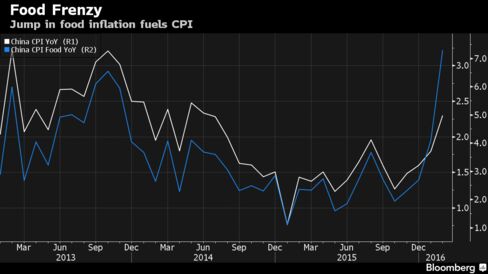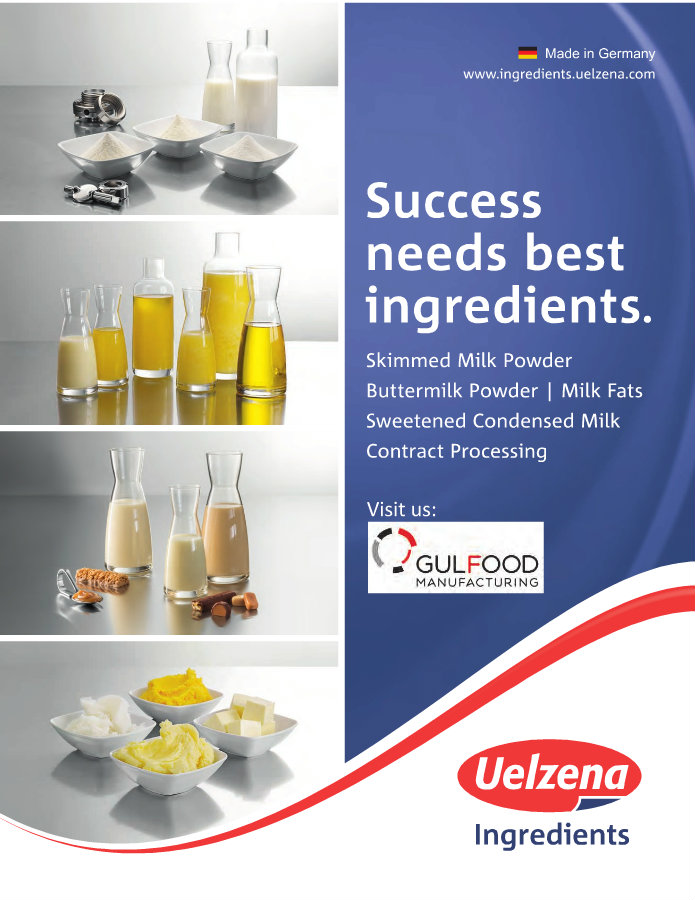-
Food prices surge 7.3 percent in month of family feasts
-
Non-food inflation remains tepid, while PPI deflation lingers
The consumer-price index rose 2.3 percent in February from a year earlier, up from 1.8 percent in January, as food prices surged 7.3 percent. Raising question marks over the durability of that pickup, non-food prices moderated from a month earlier to a 1 percent increase and services inflation slowed.

The producer-price index fell 4.9 percent, narrowing from a 5.3 percent decrease in January, extending declines to a record 48 months.
Stabilization in prices, if sustained in coming months, will ease policy makers’ concerns over deflation, which discourages new investment and erodes profit margins. Still, CPI remains well below the government’s target for 3 percent this year, meaning there’s no constraint yet on policy makers’ scope for easier monetary settings.
"Food prices surged before the Spring Festival and a cold wave pushed them higher," said Zhao Yang, Chief China economist at Nomura Holdings Inc. in Hong Kong. "The jump is temporary. Inflation is unlikely to become a concern that would limit monetary policy."
Zhao said he sees inflation moderating again in coming months, while there is some risk that rents will rise in the nation’s biggest cities as property prices recover.
Mining and raw materials prices remained the biggest drag on factory prices.
China’s inflation rebound compares with a subdued picture in some of the world’s other large economies. In Japan, the central bank’s key price gauge didn’t move in January, hovering around zero compared with a 2 percent inflation goal. Euro-area consumer prices rose 0.3 percent in January, keeping pressure on the European Central Bank to ease further. Meanwhile, the cost of living in the U.S., excluding food and fuel, rose in January the most in four years when the so-called core consumer-price measure climbed 0.3 percent.
For the PBOC, the acceleration in prices may be double edged.
"If households have to spend more money on food then they may cut back in other areas," said James Laurenceson, deputy director for the Australia-China Relations Institute at the University of Technology Sydney. "With household consumption now driving economic growth, that’s a risk the PBOC would be keeping a close eye on. Overall, the case for a loosening of monetary policy stance remains, and perhaps has even been strengthened."




